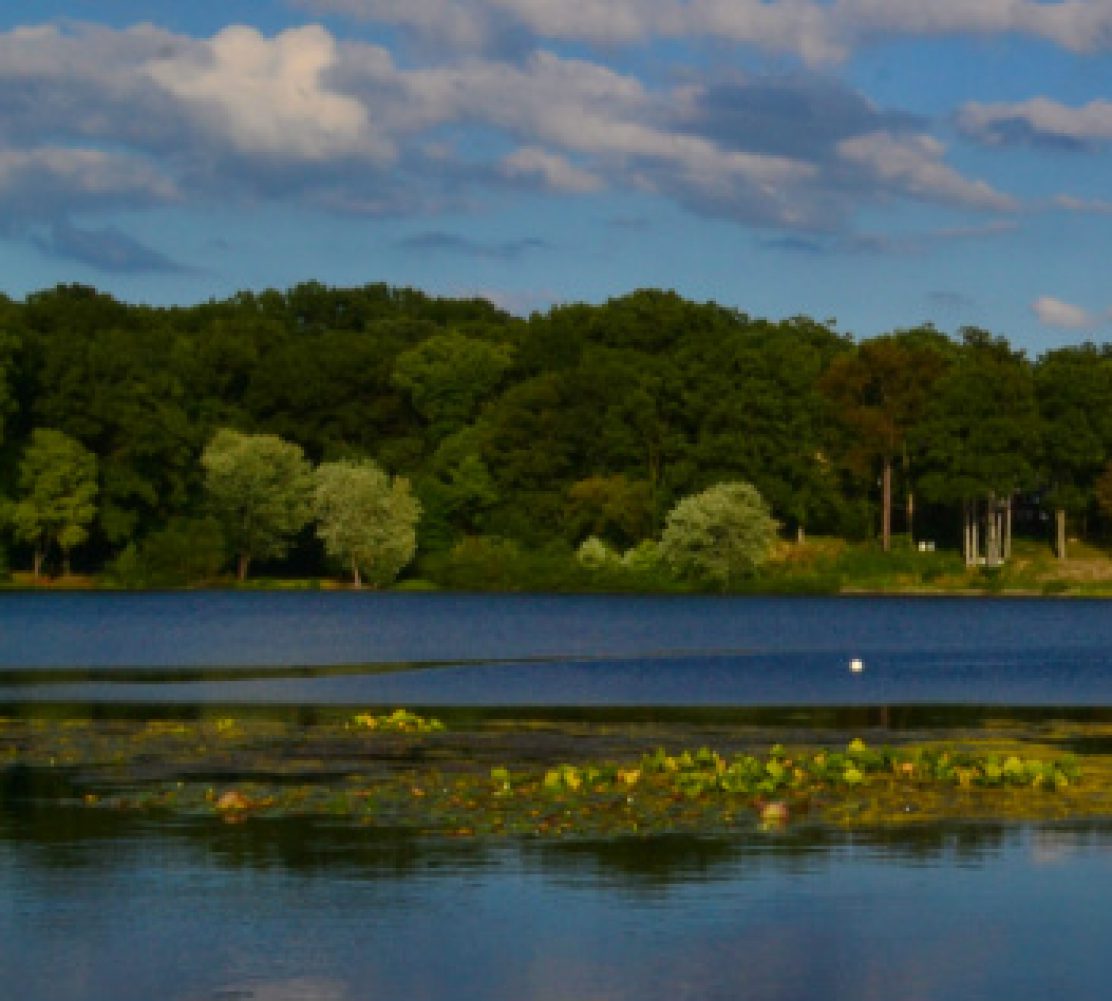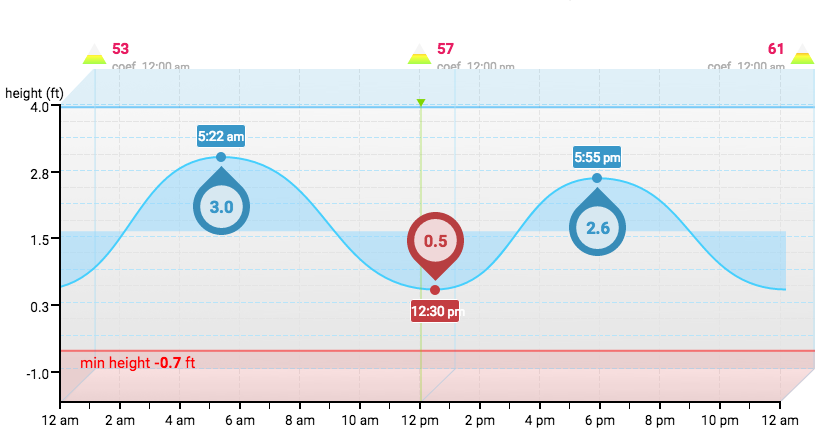
It happens each autumn—the big catfish of the Potomac and Anacostia rivers start prowling more during daylight hours.
Here’s my theory: young catfish hunt for food most hours of the day for the sake of survival. The more they eat, the bigger they get, and the less likely they will be devoured by predators. But once catfsh get to a certain size —15 pounds? bigger?— they feel less of an imperative to hunt for so many horus of the day. The bigger they get, the more they will be likely to do thier hunting at night.
Why night? Beats me, but those who hunt the monsters tend to advocate going after them during the dark hours. My own biggest catfish (40 pounds), I landed at around 1 am.
Continue reading

